
My Nature Is Hunger:
New & Selected Poems 19892004
by Luis J. Rodrguez

For a single poem to be born we must kill things many, many things we love Ryuichi Tamura
Publishers Note
Long before they were ever written down, poems were organized in lines. Since the invention of the printing press, readers have become increasingly conscious of looking at poems, rather than hearing them, but the function of the poetic line remains primarily sonic. Whether a poem is written in meter or in free verse, the lines introduce some kind of pattern into the ongoing syntax of the poems sentences; the lines make us experience those sentences differently. Reading a prose poem, we feel the strategic absence of line. But precisely because weve become so used to looking at poems, the function of line can be hard to describe.
As James Longenbach writes in The Art of the Poetic Line, Line has no identity except in relation to other elements in the poem, especially the syntax of the poems sentences. It is not an abstract concept, and its qualities cannot be described generally or schematically. It cannot be associated reliably with the way we speak or breathe. Nor can its function be understood merely from its visual appearance on the page. Printed books altered our relationship to poetry by allowing us to see the lines more readily. What new challenges do electronic reading devices pose? In a printed book, the width of the page and the size of the type are fixed.
Usually, because the page is wide enough and the type small enough, a line of poetry fits comfortably on the page: What you see is what youre supposed to hear as a unit of sound. Sometimes, however, a long line may exceed the width of the page; the line continues, indented just below the beginning of the line. Readers of printed books have become accustomed to this convention, even if it may on some occasions seem ambiguousparticularly when some of the lines of a poem are already indented from the left-hand margin of the page. But unlike a printed book, which is stable, an ebook is a shape-shifter. Electronic type may be reflowed across a galaxy of applications and interfaces, across a variety of screens, from phone to tablet to computer. And because the reader of an ebook is empowered to change the size of the type, a poems original lineation may seem to be altered in many different ways.
As the size of the type increases, the likelihood of any given line running over increases. Our typesetting standard for poetry is designed to register that when a line of poetry exceeds the width of the screen, the resulting run-over line should be indented, as it might be in a printed book. Take a look at John Ashberys Disclaimer as it appears in two different type sizes. 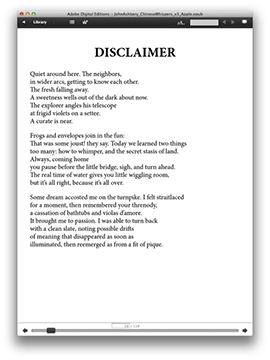
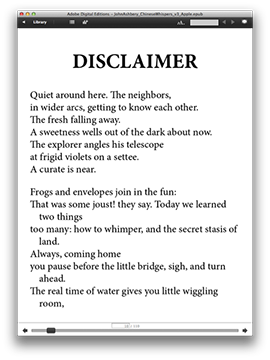 Each of these versions of the poem has the same number of lines: the number that Ashbery intended. But if you look at the second, third, and fifth lines of the second stanza in the right-hand version of Disclaimer, youll see the automatic indent; in the fifth line, for instance, the word ahead drops down and is indented. The automatic indent not only makes poems easier to read electronically; it also helps to retain the rhythmic shape of the linethe unit of soundas the poet intended it.
Each of these versions of the poem has the same number of lines: the number that Ashbery intended. But if you look at the second, third, and fifth lines of the second stanza in the right-hand version of Disclaimer, youll see the automatic indent; in the fifth line, for instance, the word ahead drops down and is indented. The automatic indent not only makes poems easier to read electronically; it also helps to retain the rhythmic shape of the linethe unit of soundas the poet intended it.
And to preserve the integrity of the line, words are never broken or hyphenated when the line must run over. Reading Disclaimer on the screen, you can be sure that the phrase you pause before the little bridge, sigh, and turn ahead is a complete line, while the phrase you pause before the little bridge, sigh, and turn is not. Open Road has adopted an electronic typesetting standard for poetry that ensures the clearest possible marking of both line breaks and stanza breaks, while at the same time handling the built-in function for resizing and reflowing text that all ereading devices possess. The first step is the appropriate semantic markup of the text, in which the formal elements distinguishing a poem, including lines, stanzas, and degrees of indentation, are tagged. Next, a style sheet that reads these tags must be designed, so that the formal elements of the poems are always displayed consistently. For instance, the style sheet reads the tags marking lines that the author himself has indented; should that indented line exceed the character capacity of a screen, the run-over part of the line will be indented further, and all such runovers will look the same.
This combination of appropriate coding choices and style sheets makes it easy to display poems with complex indentations, no matter if the lines are metered or free, end-stopped or enjambed. Ultimately, there may be no way to account for every single variation in the way in which the lines of a poem are disposed visually on an electronic reading device, just as rare variations may challenge the conventions of the printed page, but with rigorous quality assessment and scrupulous proofreading, nearly every poem can be set electronically in accordance with its authors intention. And in some regards, electronic typesetting increases our capacity to transcribe a poem accurately: In a printed book, there may be no way to distinguish a stanza break from a page break, but with an ereader, one has only to resize the text in question to discover if a break at the bottom of a page is intentional or accidental. Our goal in bringing out poetry in fully reflowable digital editions is to honor the sanctity of line and stanza as meticulously as possibleto allow readers to feel assured that the way the lines appear on the screen is an accurate embodiment of the way the author wants the lines to sound. Ever since poems began to be written down, the manner in which they ought to be written down has seemed equivocal; ambiguities have always resulted.
from Poems Across the Pavement 1989
Running to America
For Alfonso and Maria Estela Rodrguez, migrants They are night shadows violating borders, fingers curled through chain-link fences, hiding from infra-red eyes, dodging 3030 bullets.
from Poems Across the Pavement 1989
Running to America
For Alfonso and Maria Estela Rodrguez, migrants They are night shadows violating borders, fingers curled through chain-link fences, hiding from infra-red eyes, dodging 3030 bullets.
They leave familiar smells, warmth and sounds as ancient as the trampled stones. Running to America. There is a woman in her finest border-crossing wear: A purple blouse from an older sister, a pair of worn shoes from a church bazaar, a tattered coat from a former lover. There is a child dressed in black, fear sparkling from dark Indian eyes, clinging to a headless Barbie doll. And the men, some hardened, quiet, others young and loudyou see something like this in prisons. Soon they will cross on their bellies, kissing black earth, then run to America.
Strange voices whisper behind garbage cans, beneath freeway passes, next to broken bottles. The spatter of words, textured and multi-colored, invoke demons. They must run to America. Their skin, color of earth, is a brand for all the great ranchers, for the killing floors on Soto Street and as slaughter for the garment row. Still they come: A hungry people have no country. Their tears are the grease of the bobbing machines that rip into cloth that make clothes that keep you warm.
Next page

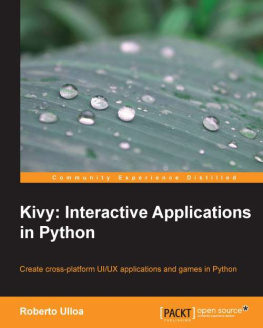


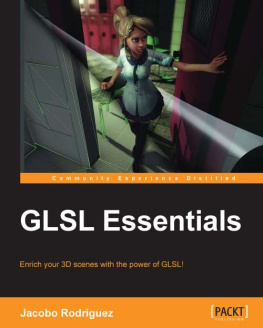

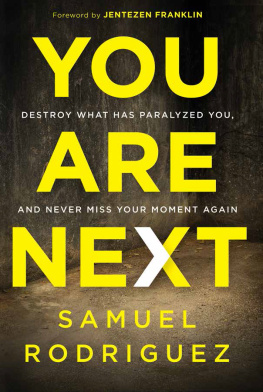
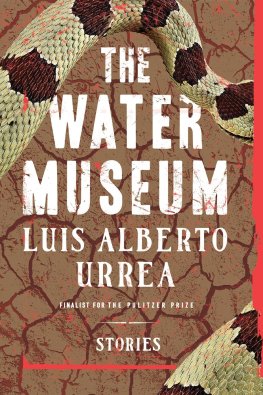

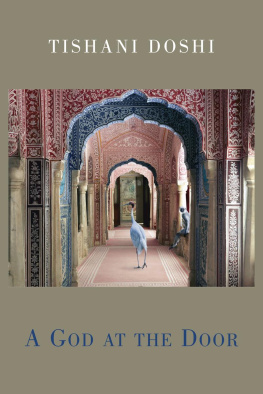
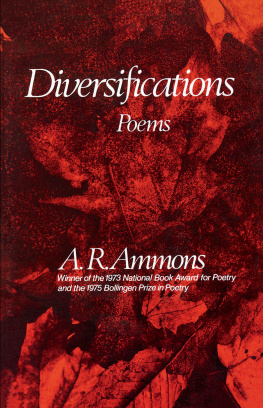
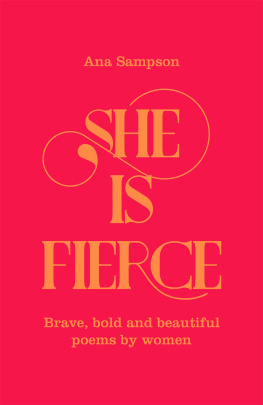

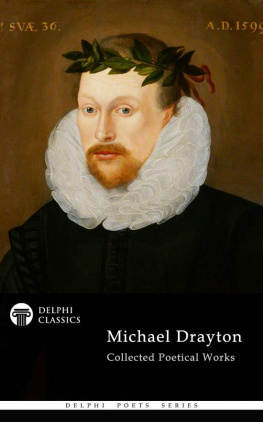
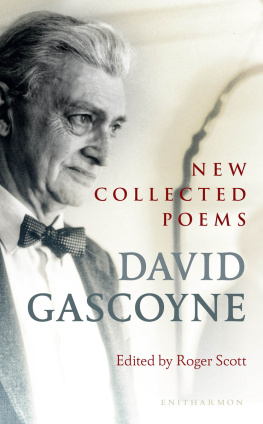
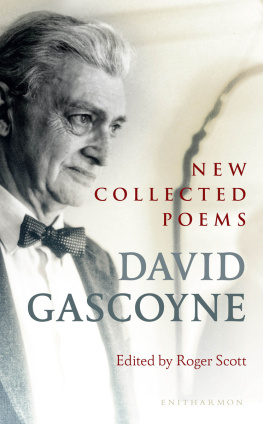
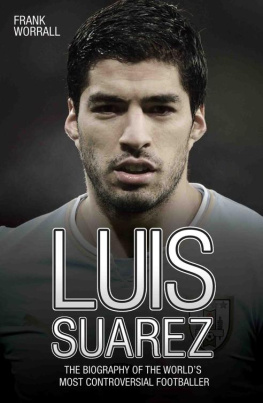

 For a single poem to be born we must kill things many, many things we love Ryuichi Tamura
For a single poem to be born we must kill things many, many things we love Ryuichi Tamura 
 Each of these versions of the poem has the same number of lines: the number that Ashbery intended. But if you look at the second, third, and fifth lines of the second stanza in the right-hand version of Disclaimer, youll see the automatic indent; in the fifth line, for instance, the word ahead drops down and is indented. The automatic indent not only makes poems easier to read electronically; it also helps to retain the rhythmic shape of the linethe unit of soundas the poet intended it.
Each of these versions of the poem has the same number of lines: the number that Ashbery intended. But if you look at the second, third, and fifth lines of the second stanza in the right-hand version of Disclaimer, youll see the automatic indent; in the fifth line, for instance, the word ahead drops down and is indented. The automatic indent not only makes poems easier to read electronically; it also helps to retain the rhythmic shape of the linethe unit of soundas the poet intended it.